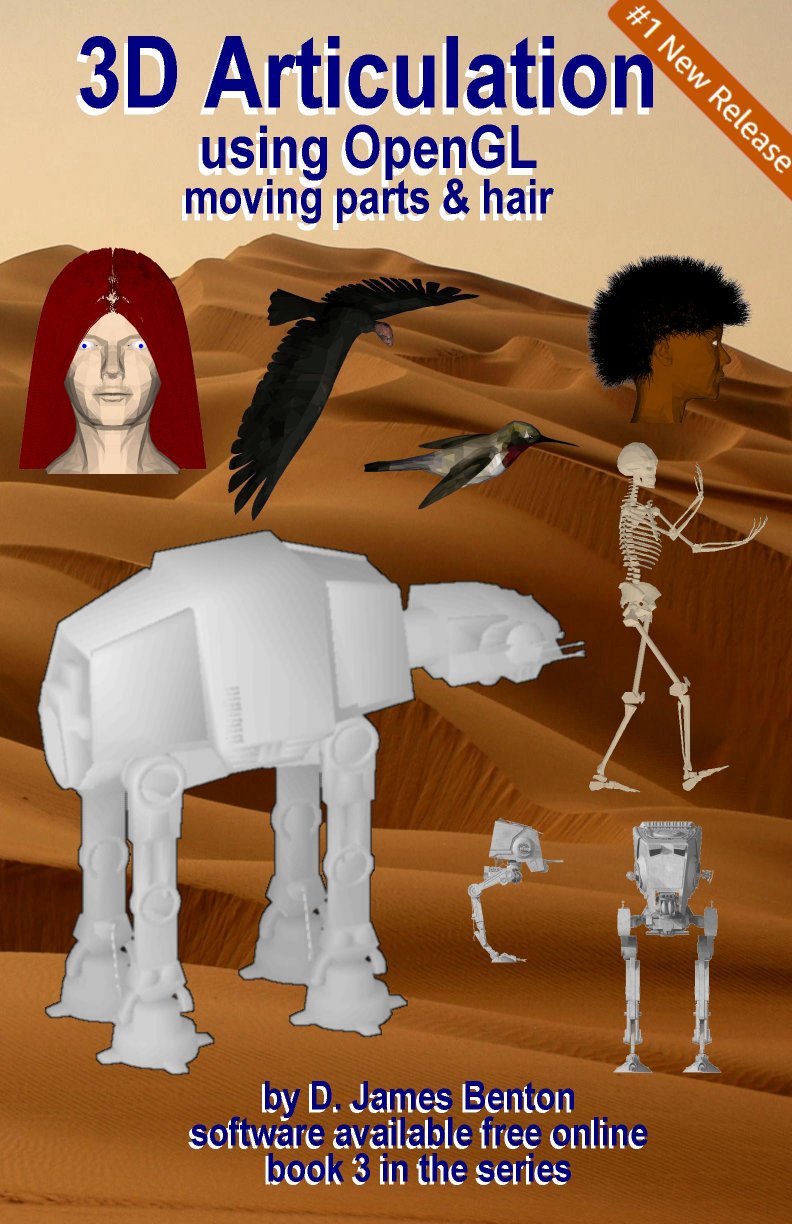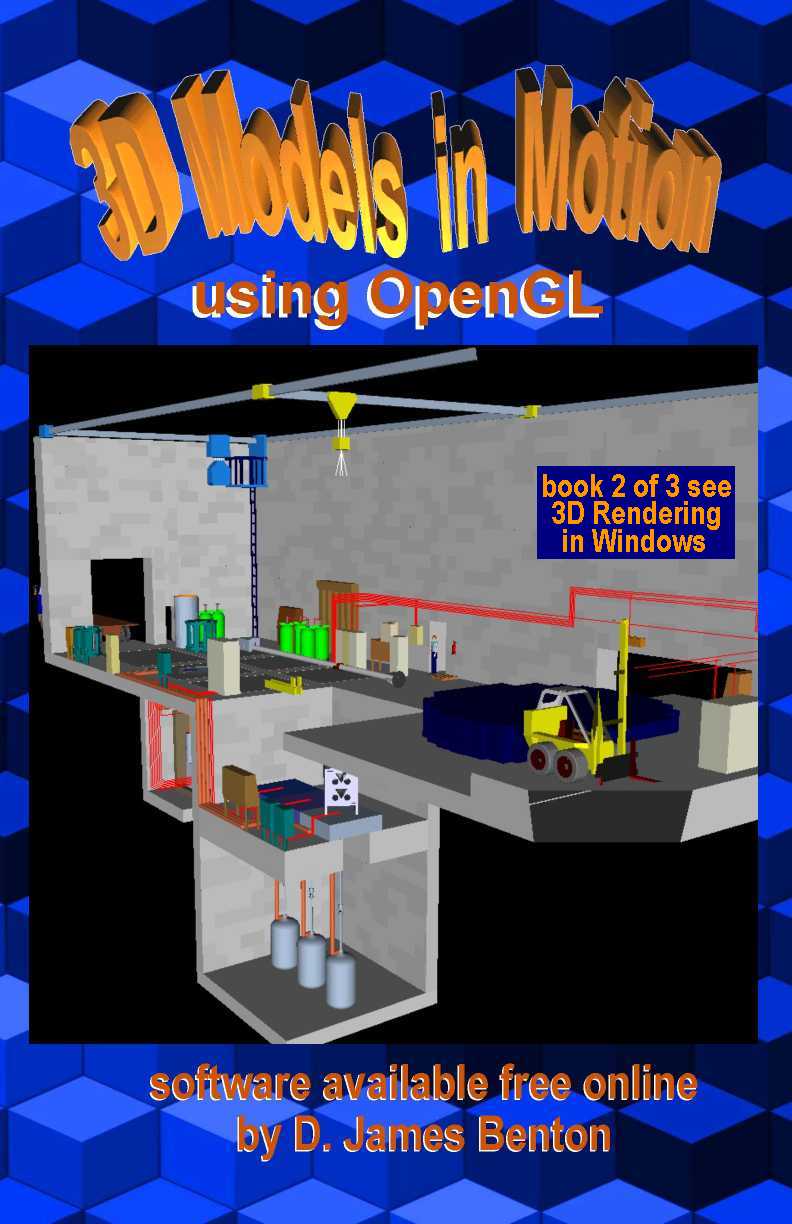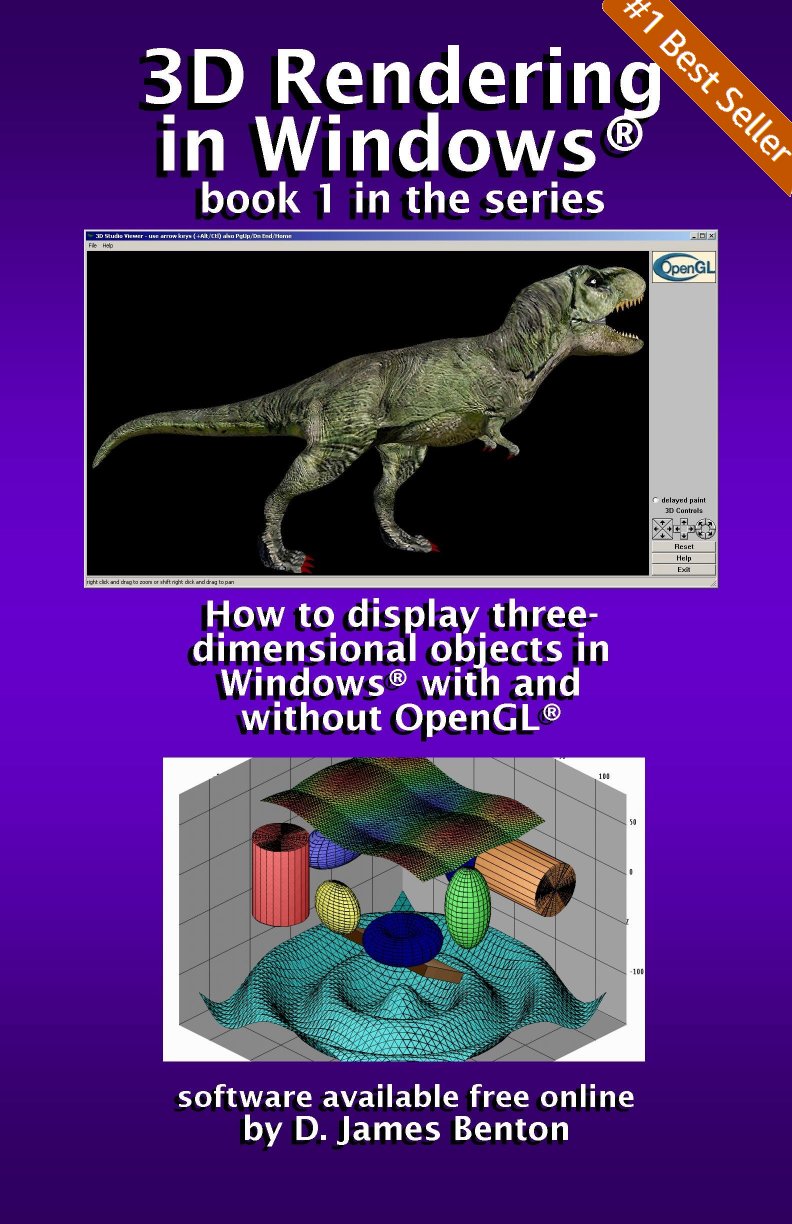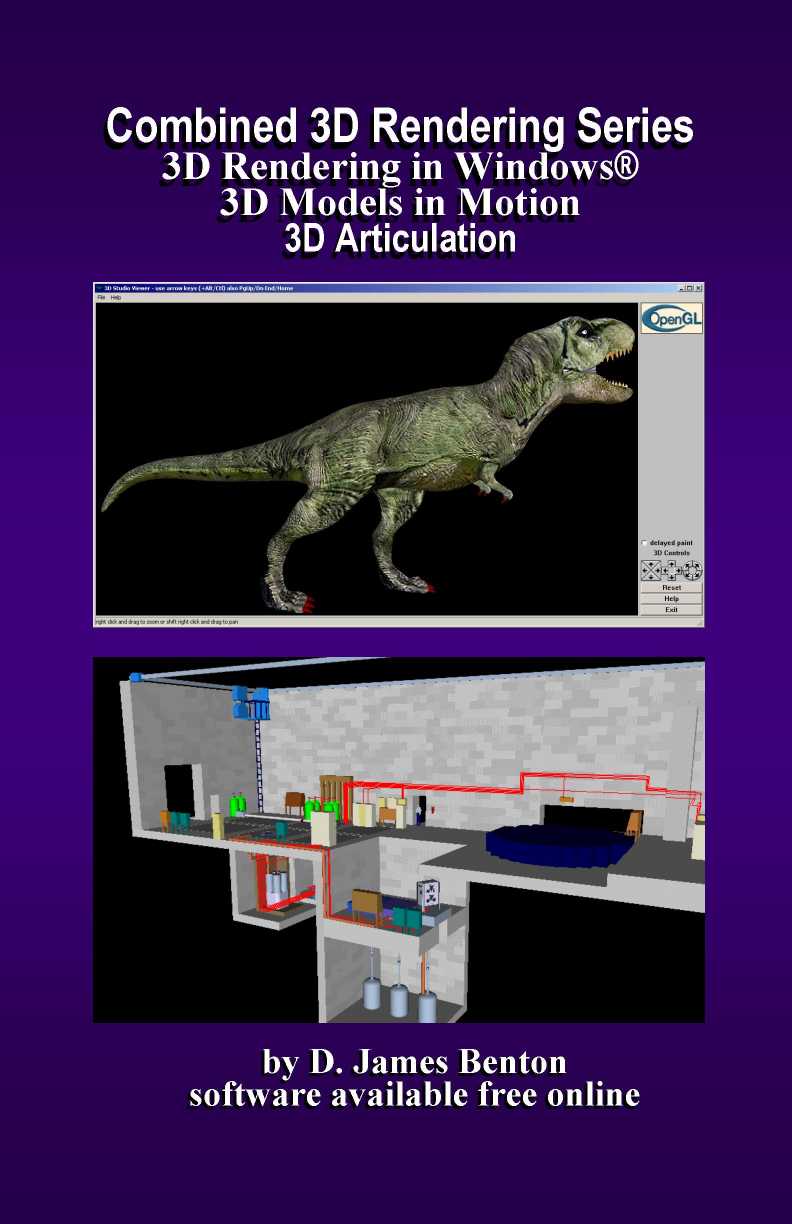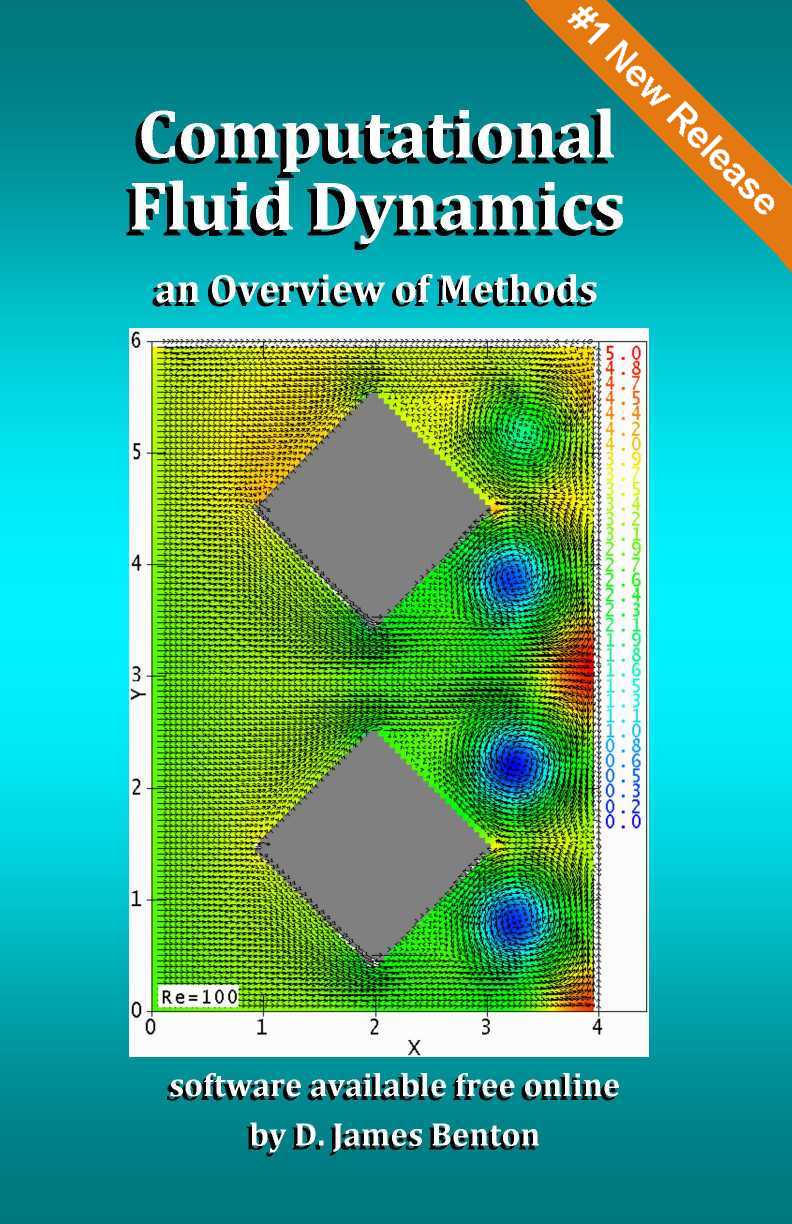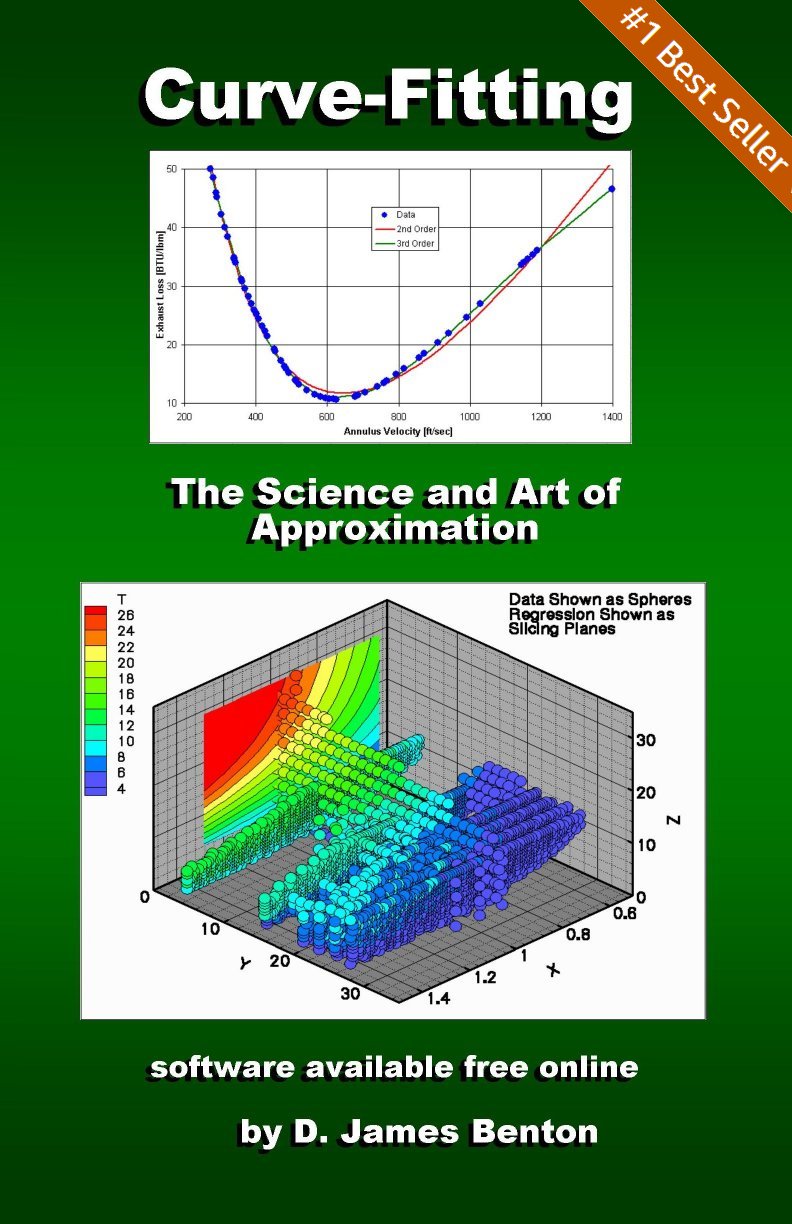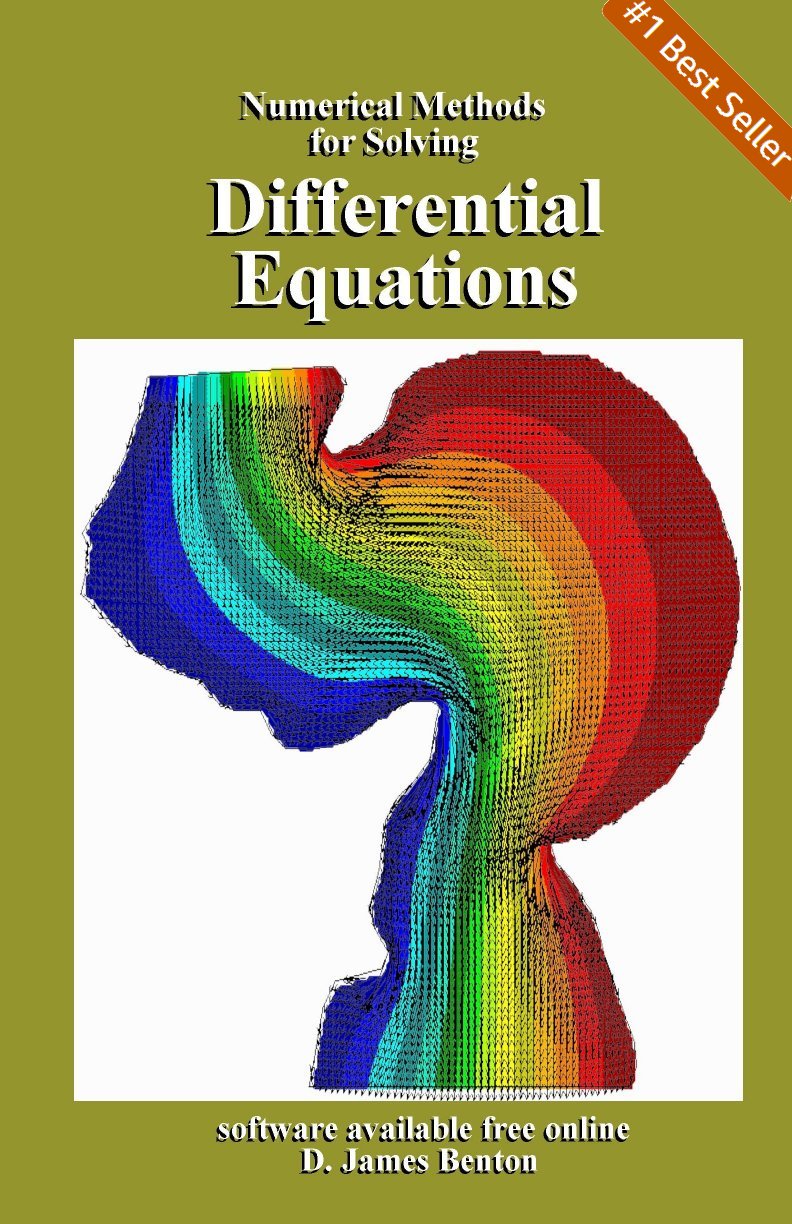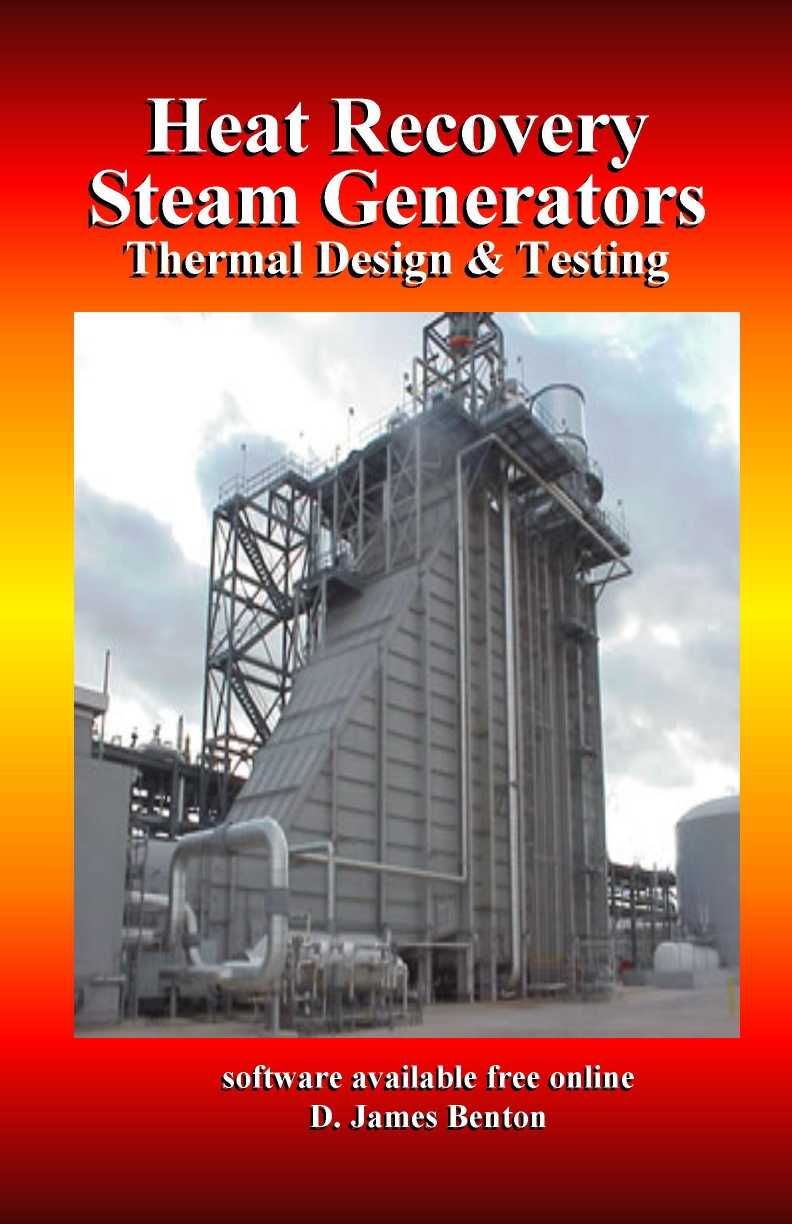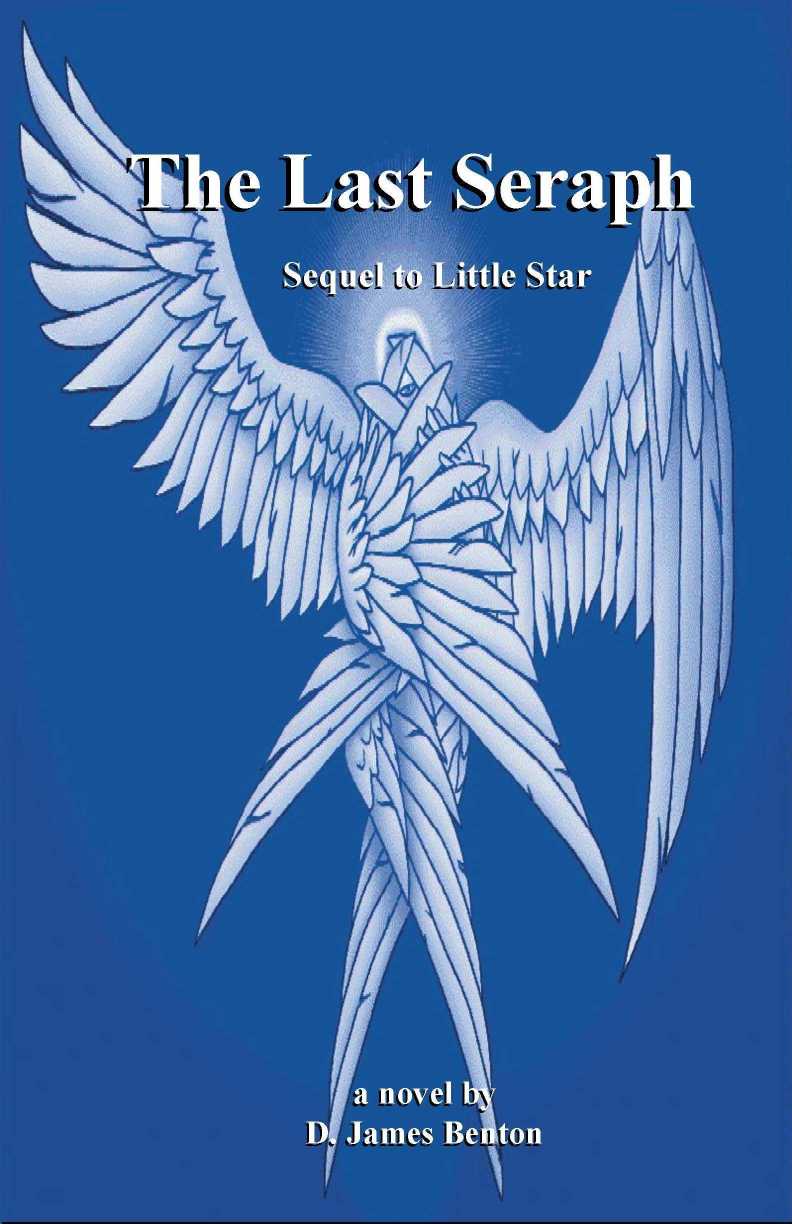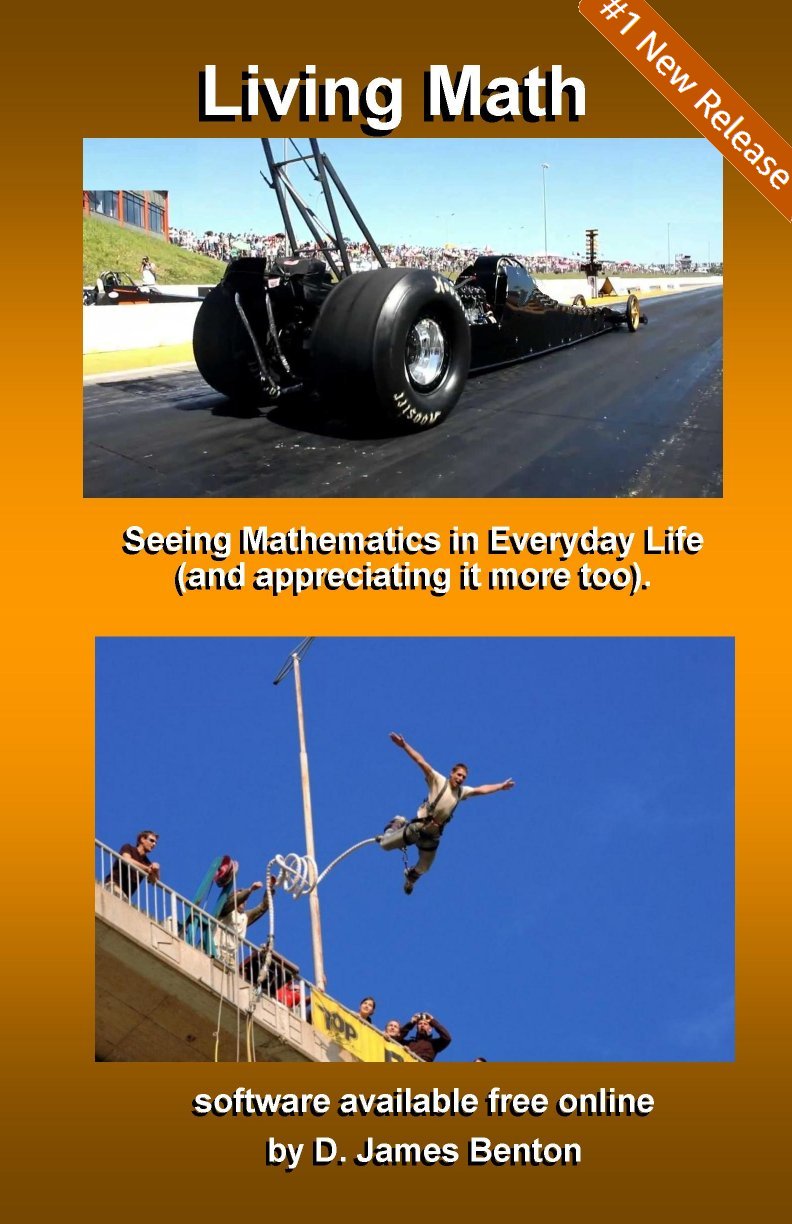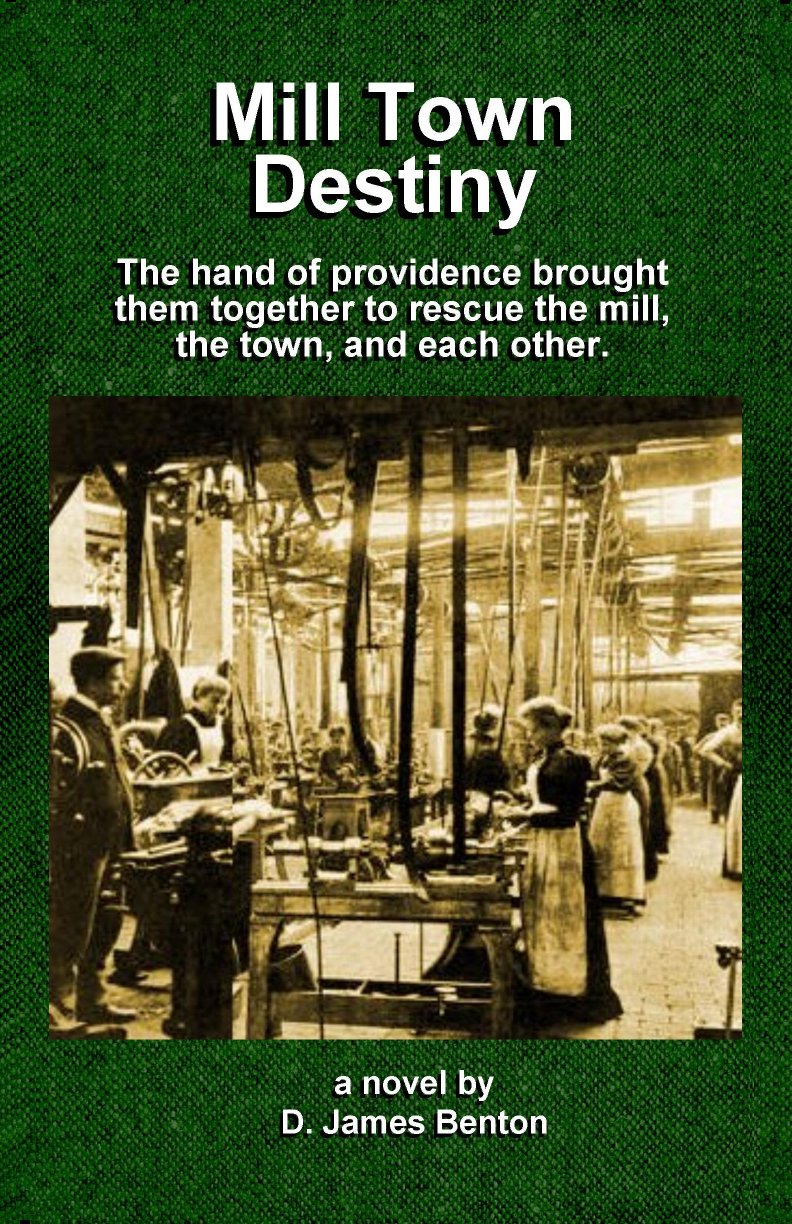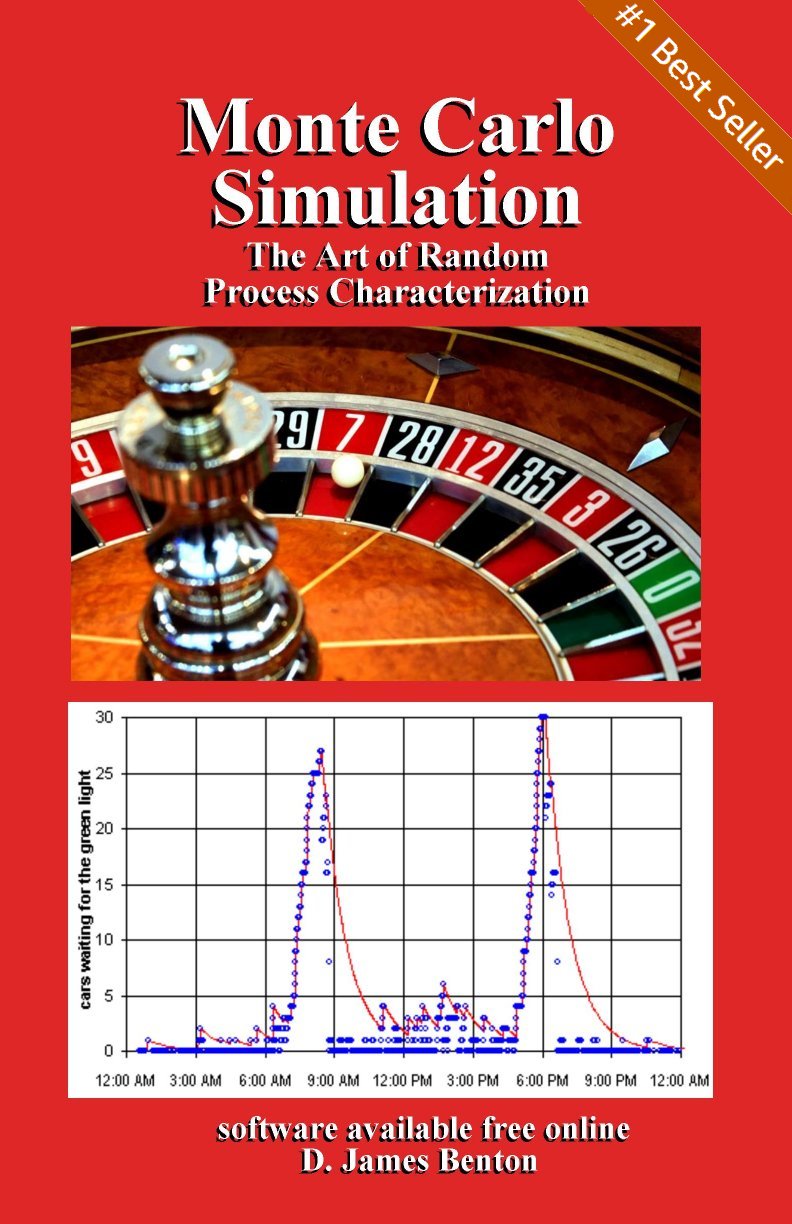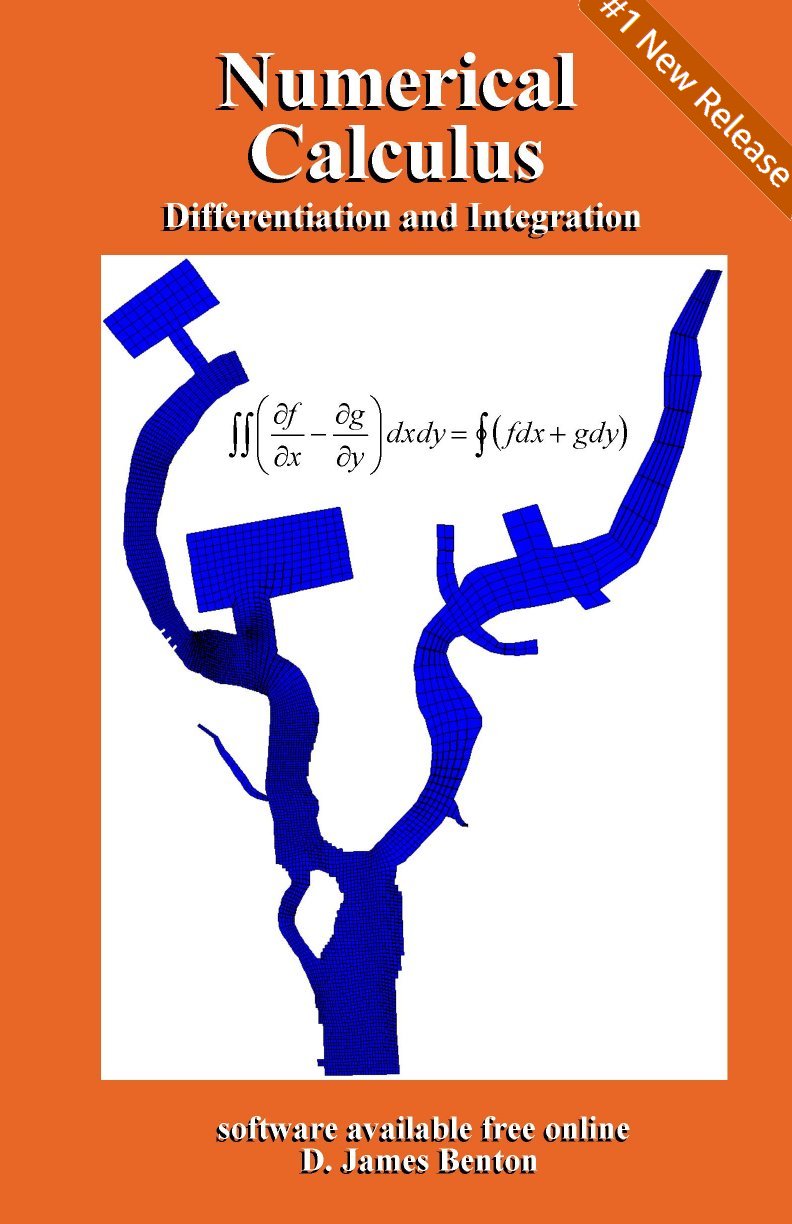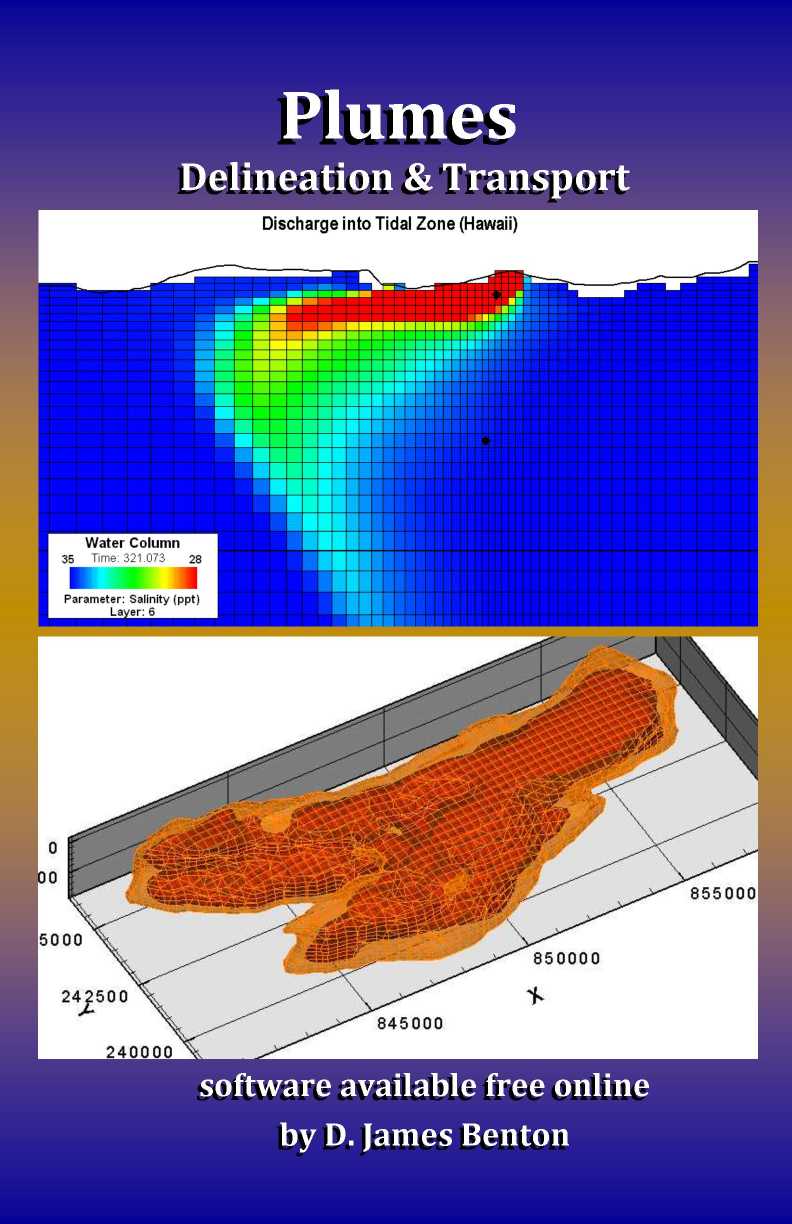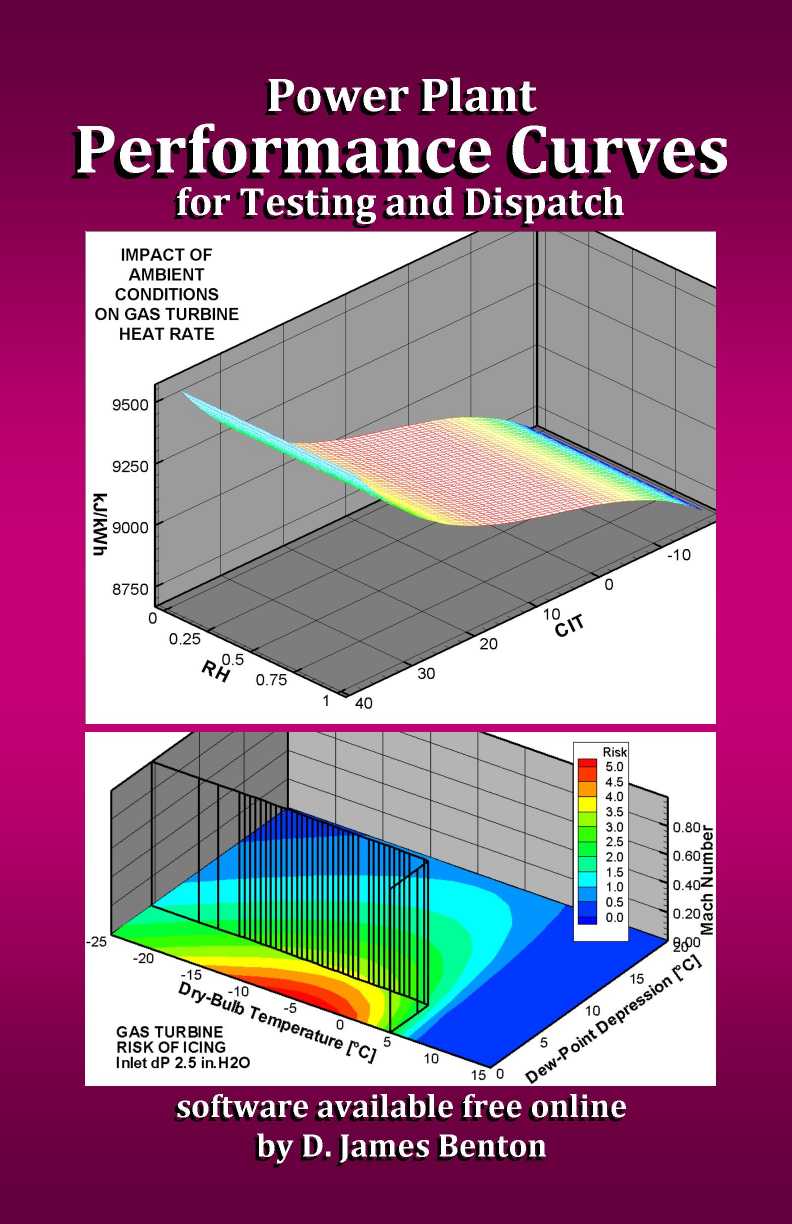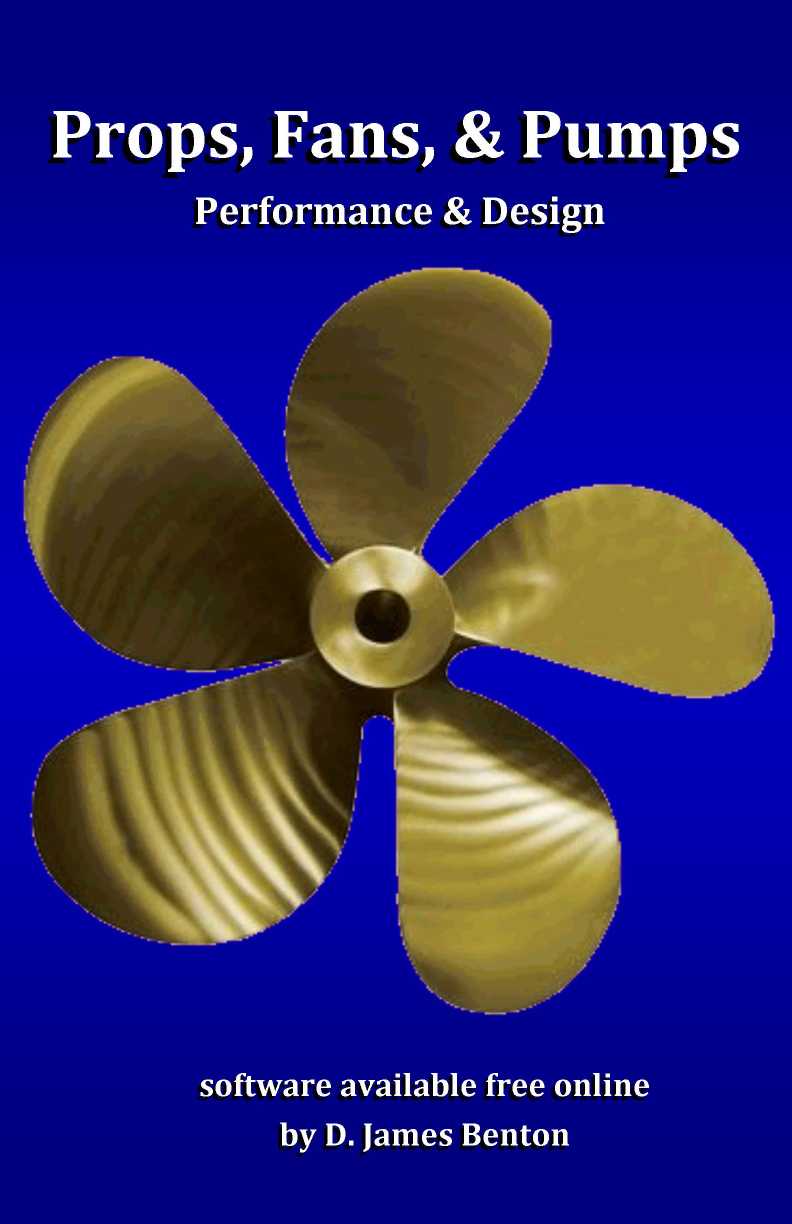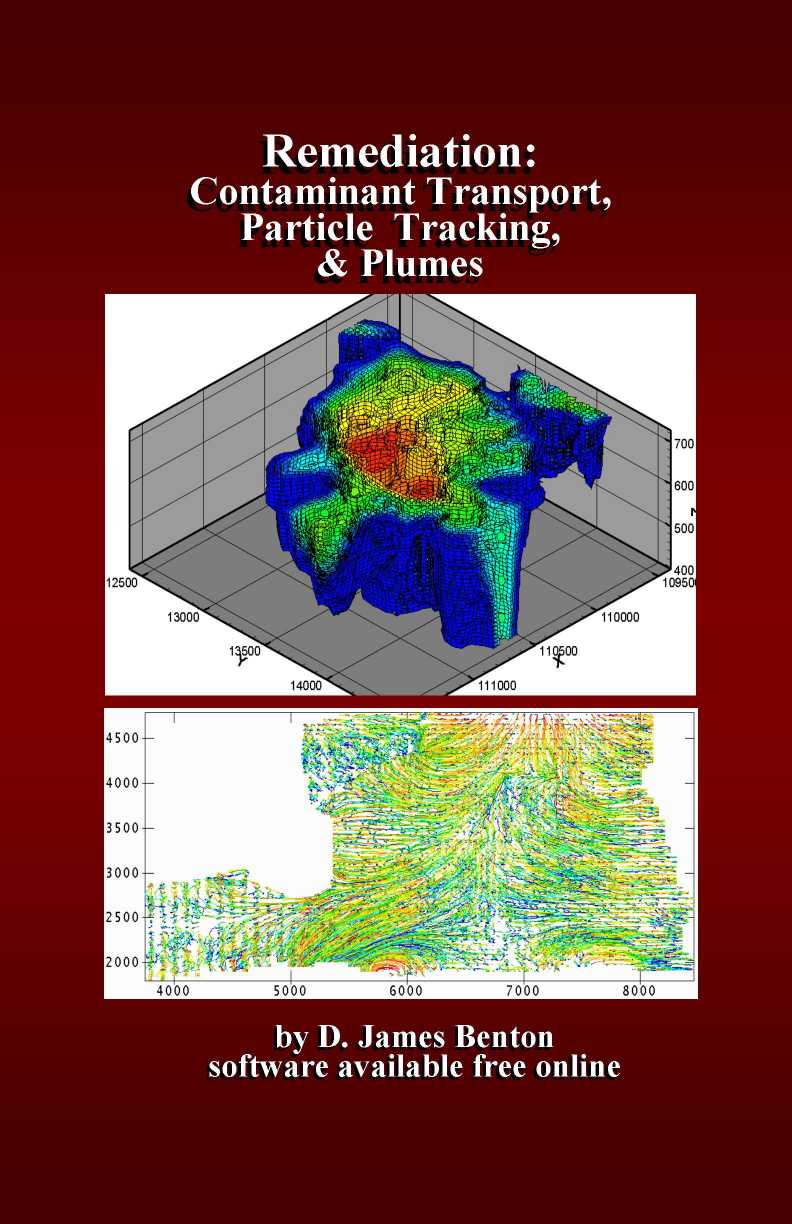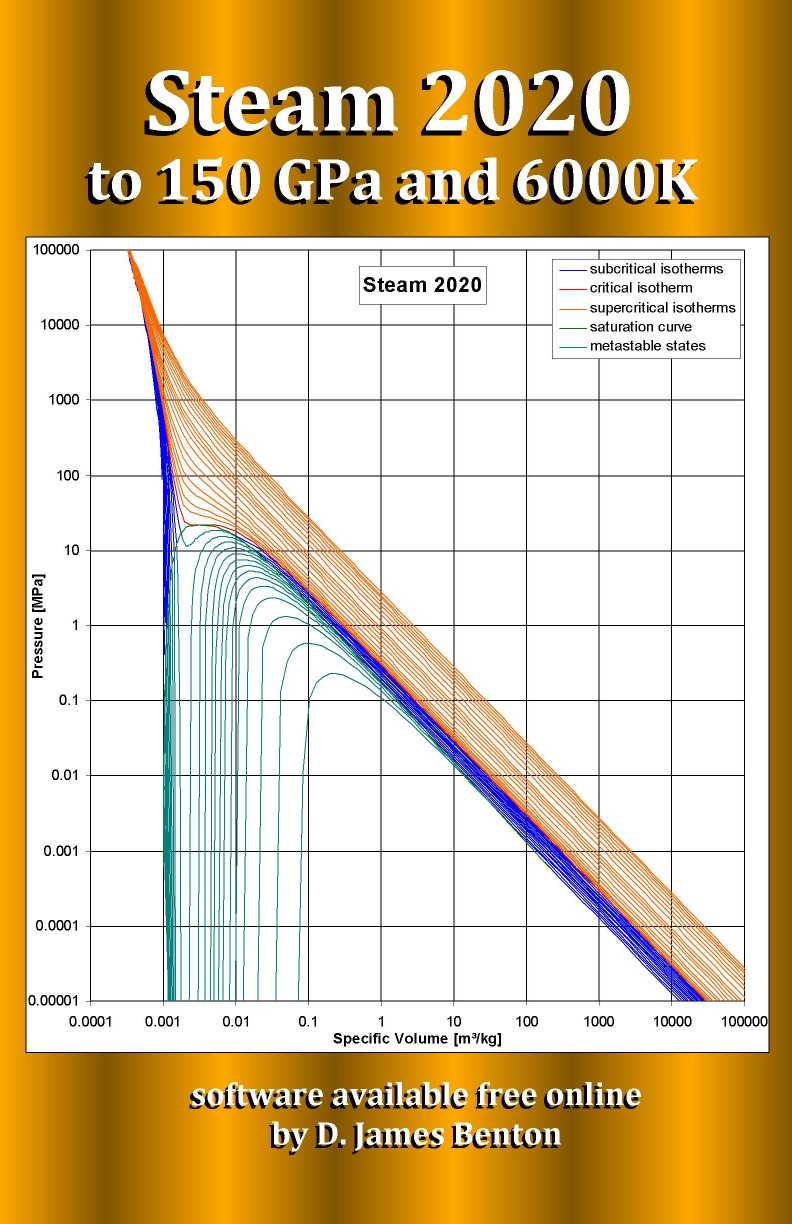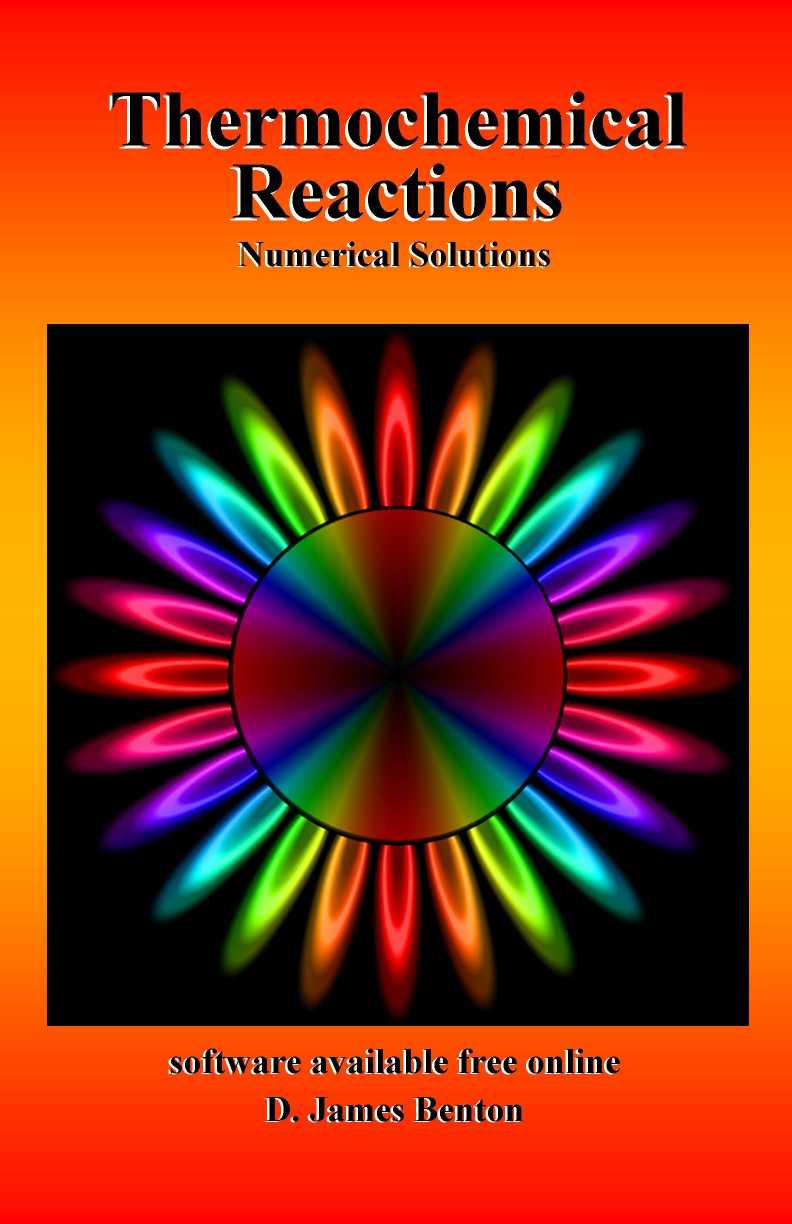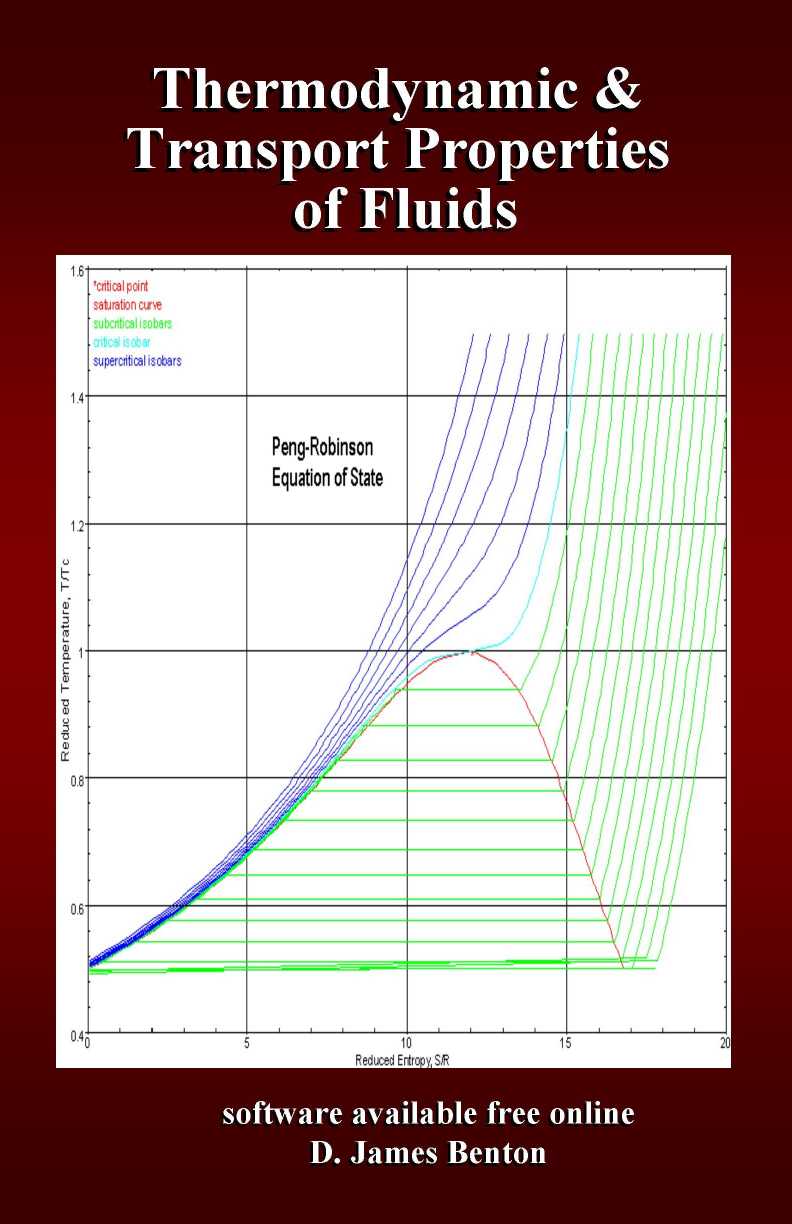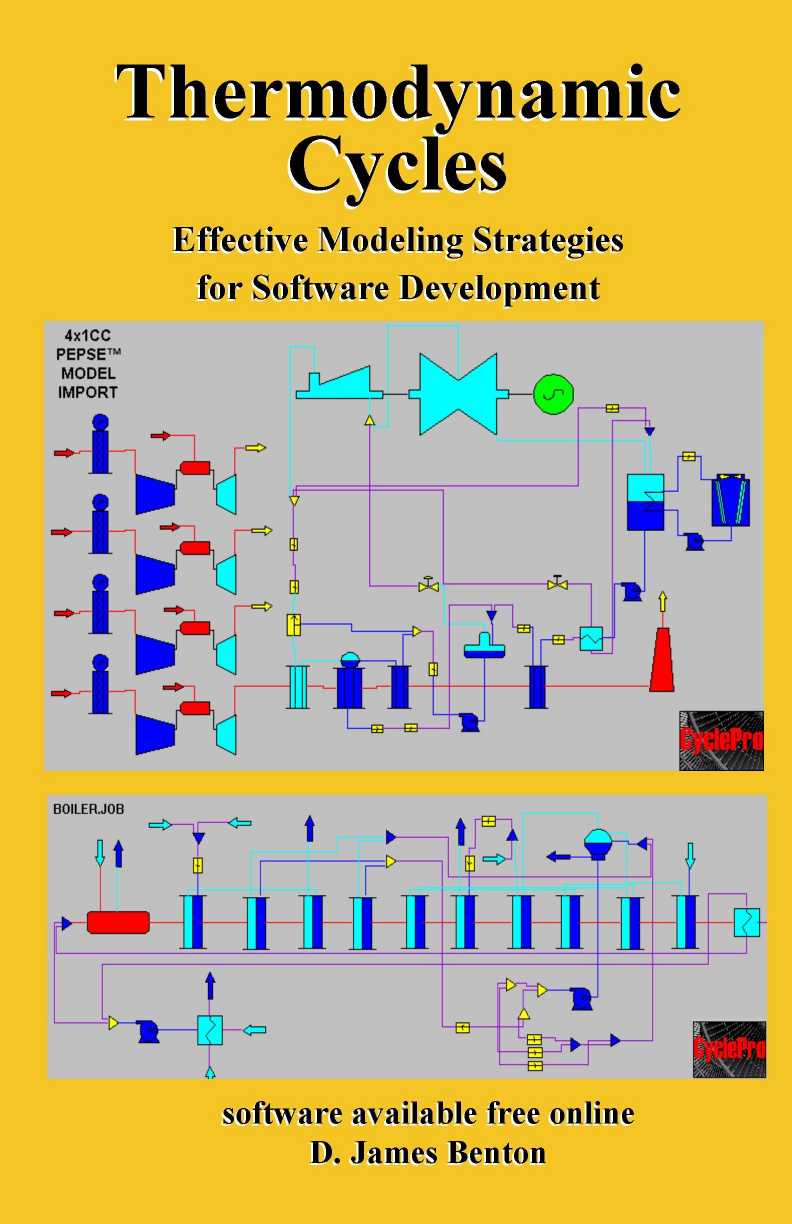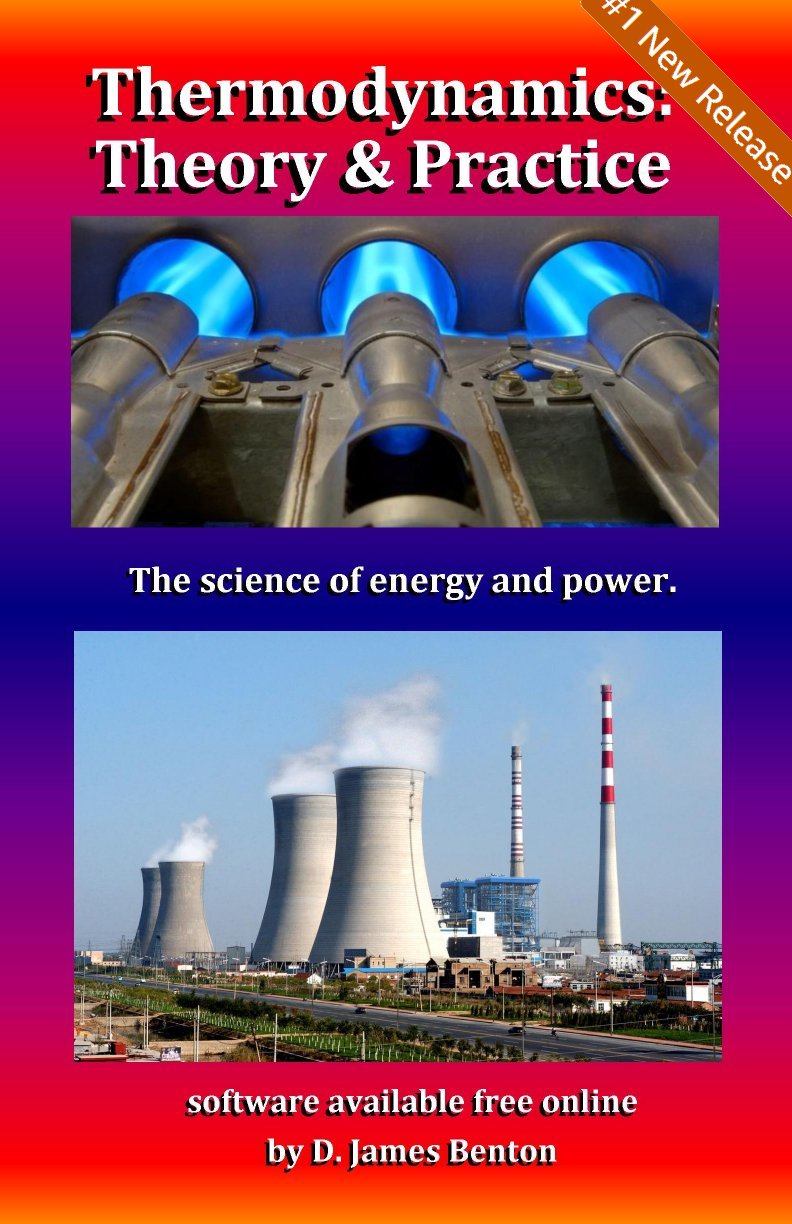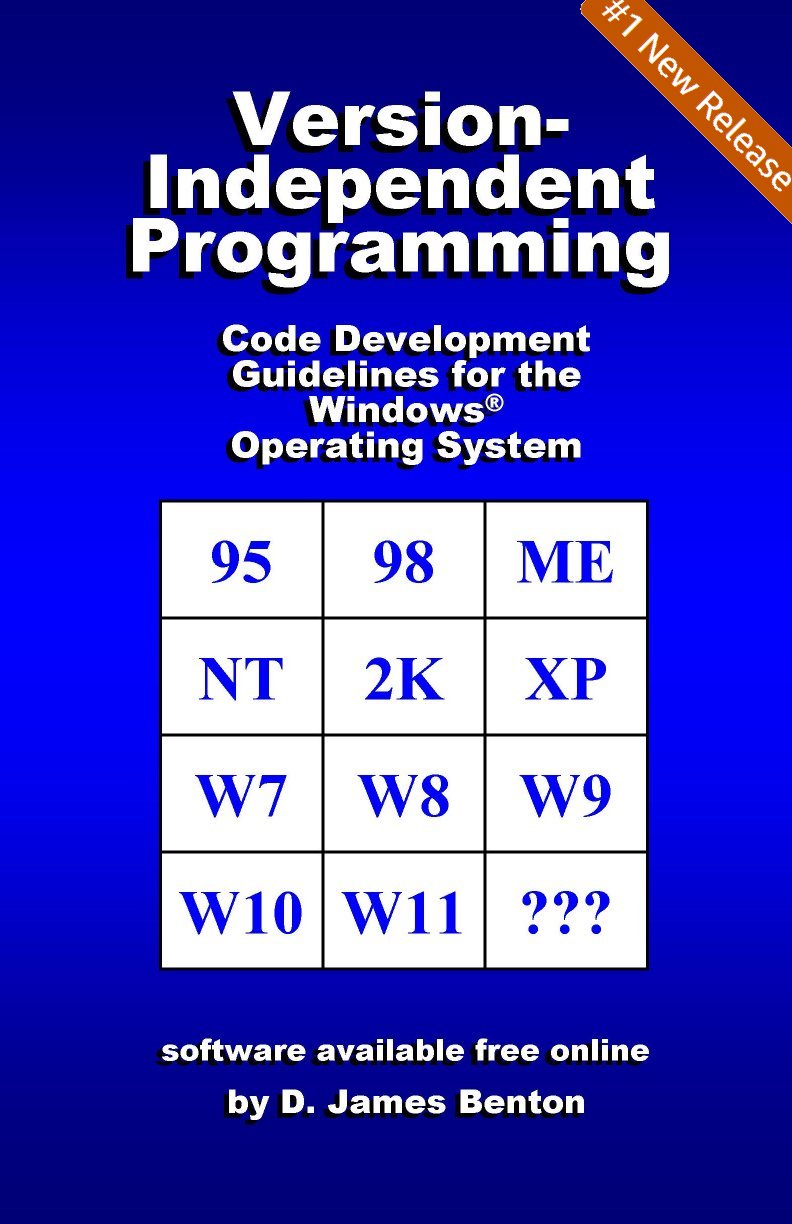|
|
3D Articulation Using OpenGL: moving parts & hairBook 3 in the 3D Rendering Seriesby D. James Benton This is a third
course on three-dimensional rendering of models, building on my previous
books, 3D Rendering in Windows and 3D Models in Motion. In this
text we will cover spatial manipulation of objects in order to create the
appearance of specific articulation. We also cover finer details, including
hair or fur. The Windows operating system and OpenGL rendering engine will be
our platform, but the same principles apply equally well to other
environments. |
|
|
3D Models in Motion Using OpenGLBook 2 in the 3D Rendering Seriesby D. James Benton This is a second
course on creating interactive models, building on my previous book, 3D
Rendering in Windows. In this text we will cover the finer details of code
and object development. We will also explore how to implement advanced
features and controls. The Windows operating system and OpenGL rendering
engine will be our platform, but the same principles apply equally well to
other environments. |
|
|
3D Rendering in WindowsHow to display three-dimensional objects in Windows with and without OpenGLBook 1 in the 3D Rendering Seriesby D. James Benton This is a how-to
guide on rendering three-dimensional objects. The target operating system is
Windows, but these same principles and techniques could be used in other
contexts. The primary implementation is based on OpenGL, but alternate
rendering systems are also presented. |
|
|
A Synergy of Short Storiesby D. James Benton Anyone could
gather a collection of short stories, but I should like to do something
different. I might hear a guffaw of jokes, read a bewilderment of mysteries,
pull off a mischief of pranks, walk out a pacing of worries, feel a shiver of
ghost stories, tell a stretch of tall tales, flee from a stagger of zombies,
cast off a compulsion of cares, or make up a squirm of excuses. I hope you
find this truly a synergy of short stories! |
|
|
Azeotropes: Behavior & Applicationby D. James Benton Azeotrope
refers to a mixture of two or more fluids whose proportions cannot be altered
by simple distillation. Azeotropes exhibit the same mass fraction of
constituents in the vapor and liquid phases; thus, when boiled, the vapor has
the same composition as the liquid. This behavior differs from ideal
solutions, where one component is typically more volatile than the others.
The azeotrope may have a higher or lower boiling point than the constituents.
We study these anomalous fluids because they may exhibit properties that are
more advantageous than the constituents. A similar motivation accompanies
multi-weight lubricants. In this text we will explore thermodynamic and
transport properties as well as applications, including: refrigeration and
vapor power cycles. |
|
|
bat-Elohim - Book 3 in the Little Star Trilogya novel by D. James Benton Ashley thinks
she has finally figured out her role and how she came to be the last of seven
seraphim—complete opposite of the first and the only bat-Elohim. But God has
so much more planned for her than this. Jesus has planned a surprise—and a
new perspective—a pitch for His little angel to consider. Ashley is hurled
like a baseball through the heavens to her next assignment. Where and when
will it be? |
 |
Boilers: Performance & Testinga novel by D. James Benton
Boilers consume fossil fuels (coal, fuel oil, or natural gas) and
produce steam for industrial processes or power production. Boilers
have been a mainstay since the dawn of the Industrial Revolution. In
the 21st century boilers are being replaced with green alternatives and
renewable resources. The transition will take years. While this change
is implemented, it is imperative that the remaining boilers be operated
efficiently, which requires clear expectations and diligent testing.
This text describes what can be achieved and how to verify. Examples
are given in both English (U.S. Customary) and SI units. |
|
|
Combined 3D Rendering Seriesby D. James Benton This is a
combination of three books: 3D Rendering in Windows™, 3D Models in
Motion, and 3D Articulation. This is a how-to guide on rendering
three-dimensional objects. The target operating system is Windows™, but these
same principles and techniques could be used in other contexts. The primary
implementation is based on OpenGL™, but alternate rendering systems are also
presented. In this text we will cover the finer details of code and object
development. We will also explore how to implement advanced features and
controls. We will assume the reader is familiar with C programming. |
|
|
Complex Variables: Practical Applicationsby D. James Benton Complex variables
are not simply a mathematical curiosity or academic exercise. They are
marvelously useful tools that can open up new solutions to a wide variety of
practical problems. After all, mathematics is far more like a language of
logic than a collection of facts and figures. Complex variables allow us to
handle many two-dimensional problems as if they were merely one-dimensional.
They also help us to see that problems in differing fields of applied science
are similar and may even unfold with the same solution techniques. Lessons
learned and solutions found in one field leading to applications in another
is like mathematical recycling! Join me on a tour of this fascinating field
of applied mathematics. |
|
|
Compression & Encryption: Algorithms & Softwareby D. James Benton This book covers
various algorithms for compression and encryption, some of which overlap,
serving both purposes simultaneously. We will discuss why one algorithm works
better for one case and not another as well as how different implementations
are superior or more robust. |
|
|
Computational Fluid Dynamics: an Overview of Methodsby D. James Benton This is by no means an exhaustive reference on the subject of computational fluid dynamics; rather, it is an introduction and overview, going just far enough to get the reader started along this path with some helpful direction based on years of experience. I have striven to make this a clear presentation, particularly of finite elements, avoiding the traditional esoteric derivations that never seem to arrive at any useful destination. The impetus to undertake this project has arisen from my interacting with many graduate students on Research Gate, who are pursuing CFD and struggling with traditional presentations. You must make decisions when you arrive at a fork in the proverbial road (such as FDM, FVM, or FEM) and I hope this text will provide you with enough information to do that without me imposing my personal preference. |
|
|
Computer Simulation of Power Systemsby D. James Benton There are many
texts and examples devoted to computer simulation of a single process or
component. This text focuses on entire systems. From the earliest days of my
career, I have developed computer simulations of various sorts. Many of these
have been time sequence based; that is, modeling the response of a system to
changes over time. Most often, the source of change has been the environment
or weather-related. In this book we explore how to build models, acquire,
structure, and extend weather data, perform, and analyze the results of
complex simulations. We consider rivers and lakes, hydroelectric,
conventional and combined cycle power generation, nuclear, and solar plants. |
|
|
Contaminant Transport: A Numerical Approachby D. James Benton In previous
texts we have covered Computational Fluid Dynamics, Mass Transfer,
Plumes, and Particle Tracking. Contaminant Transport is a
specific application, involving diffusion, dispersion, and advection. While
movement of the transporting media (e.g. groundwater, surface water, or air)
is important, this text will not cover those details in depth. The reader
should be familiar with fluid flow and how it may be calculated before
delving into the current subject mater. We cover passive as well as decaying
substances. While this text does cover theory, it is primarily a compilation
of examples based on actual remediation projects. Accurate modeling is
essential for containment or capture, for we must know where the contaminant
is going and when it will get there if we are ever to achieve effective
remediation. |
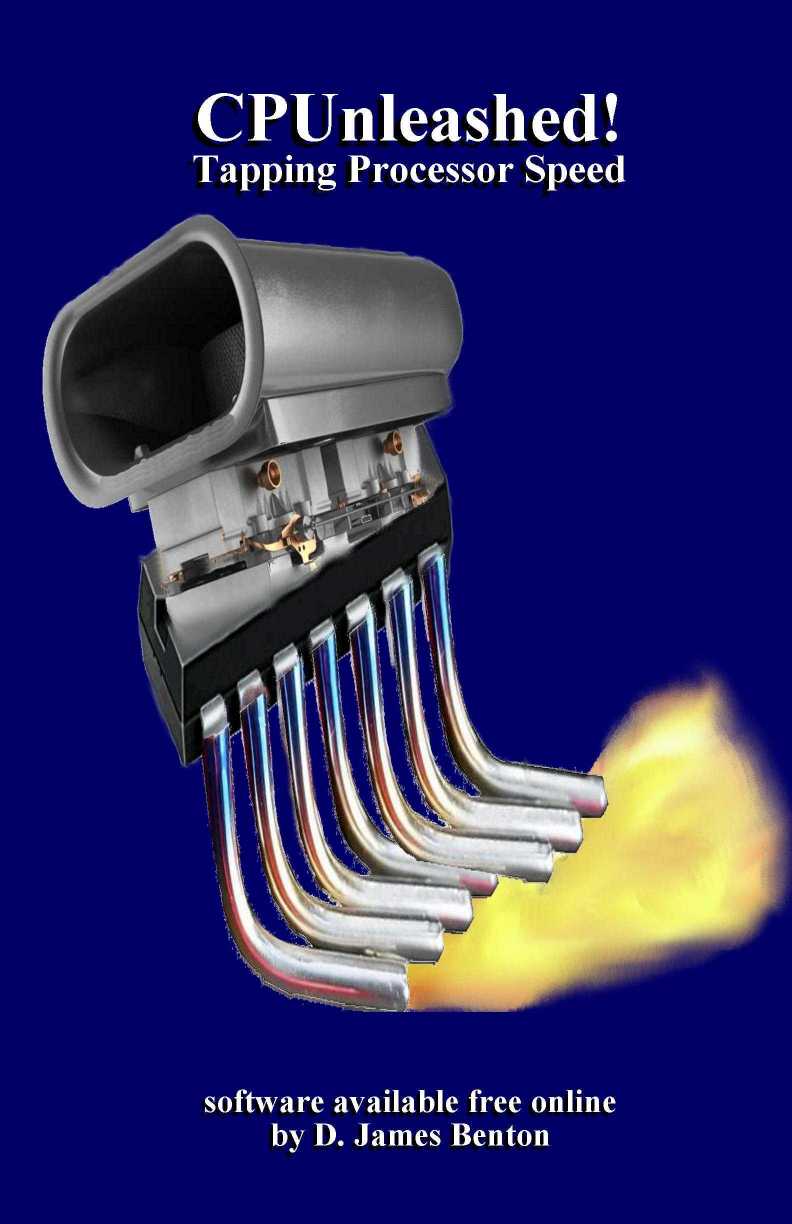 |
CPUnleashed! - Tapping Processor Speedby D. James Benton
Even as processors get faster, applications get slower. Why?
Inefficient software. There was a time when every BYTE and every FLOP
mattered, because resources and speed were so limited. As processors
have greatly improved, diligence has been cast aside like an old shoe.
It is high time we brought back diligence, unleashed the CPU, and
tapped into processor speed. In this text we explore what makes
applications slow, how to avoid bottlenecks, and optimize utilization
of these amazing chips. While this text deals specifically with Intel™
processors, the principles apply to all modern ones. By necessity, we
will be focusing on machine language and code; so get ready for some
assembler. Our purpose here is to crunch numbers as rapidly as possible
with readily available hardware. |
|
|
Curve-Fitting: The Science and Art of Approximationby D. James Benton This is a how-to
guide on the approximation of data. Efficient and accurate approximation of
multi-variable data can be quite challenging. While Excel can handle such
data with the LINEST() function, this capability is limited. Knowing what to
feed into the LINEST() function requires an understanding of the principles
presented in this book. Many examples are provided and Excel is used wherever
possible to illustrate them. |
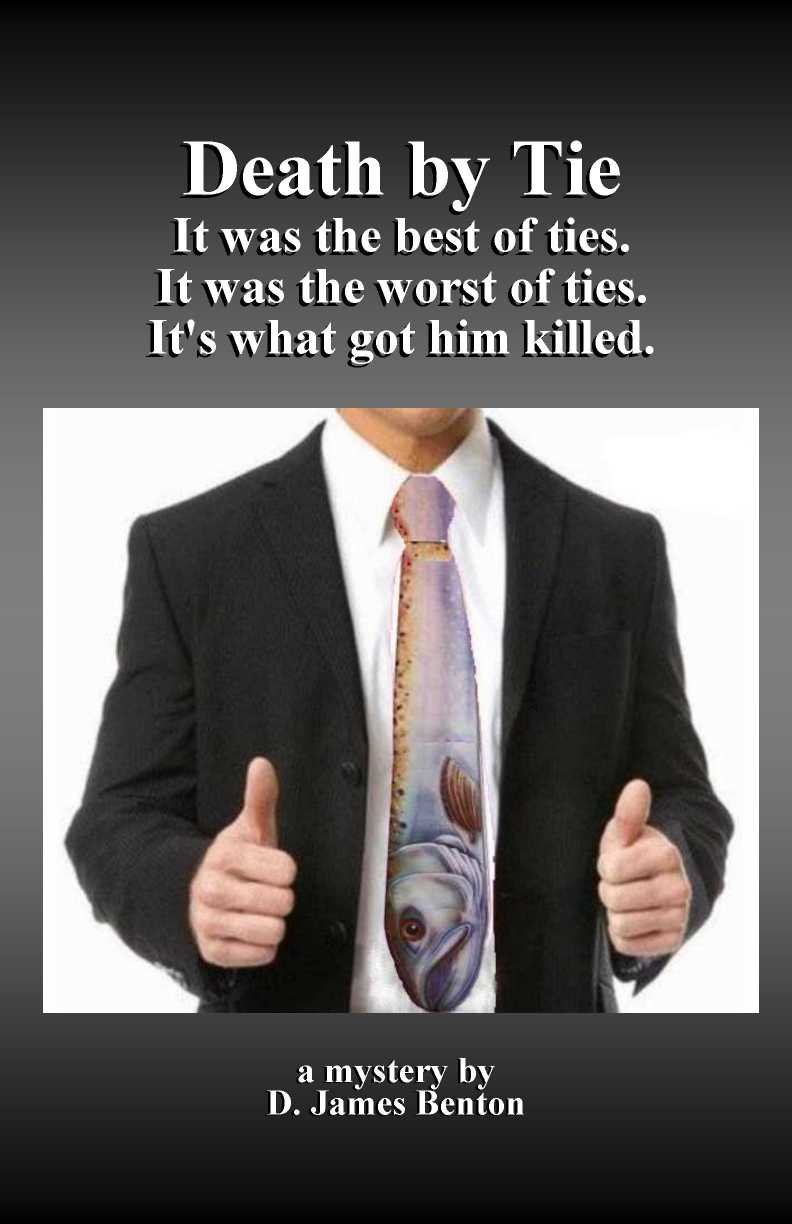 |
Death by Tie: It was the best of ties. It was the worst of ties. It's what got him killed.by D. James Benton Jerry
Joiner might have been the most annoying coworker ever but is that what
got him killed or was it the fish tie? There was no shortage of people
willing—even plotting—to kill Jerry, but which one (or ones) actually
did it? Detective Clark must sort this out while also nabbing the
snatch-and-dash thief plaguing Magnolia Avenue because Detective
Russell, who was supposed to handle murders, was out with hemorrhoids. |
|
|
Differential Equations: Numerical Methods for Solvingby D. James Benton If you've
struggled to understand the finite element method, then you must read this
book. I don't cover a lot of theory in this text. It's mostly a compilation
of examples. The one theoretical aspect of numerical methods for solving
differential equations that I will present is the finite element method.
Understanding applied mathematics results in a richer appreciation of the
world and how it works. While there are many analytical techniques for
solving such problems, this book deals with numerical methods. Rather than
covering the minutia of every obscure method, this book will focus on what
works consistently and efficiently. This is a compilation of examples, not a
textbook on theory. I trust you will find it interesting and useful. |
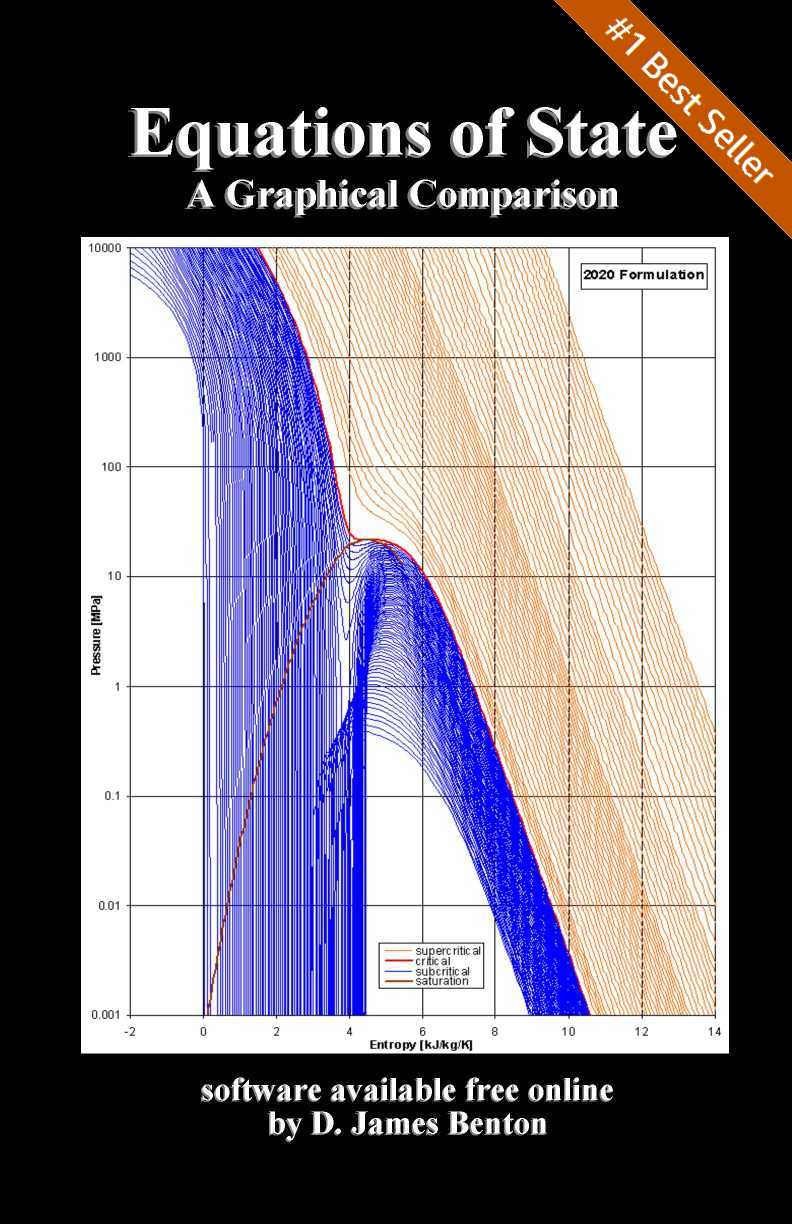 |
Equations of State: A Graphical Comparisonby D. James Benton
This is a compilation of 160 graphs showing how 16 different equations
of state compare in their prediction of 10 different thermodynamic
properties. Only minimal discussion of the details is provided herein,
as this is readily available in many Web articles and texts, including
my, Thermodynamic & Transport Properties of Fluids. What we see is
that there are strengths and weaknesses for many of these equations,
especially the early and simple ones. The greatest refinement and
effort has been given to the 2020 Steam Formulation, as is evident in
the figures. |
|
|
Evaporative Cooling: The Science of Beating the Heatby D. James Benton Evaporative
cooling is vital for life and industry. Benefiting from this essential
process is as natural as sweating. It's the most efficient means of rejecting
unwanted heat. The economy of evaporative cooling has made it the first
choice of manufacturing and power production. There is rarely time to
adequately address this important topic in a course on heat transfer. Many
articles and books present the mechanical and even economic aspects of
evaporative cooling. This book presents the computational (i.e.,
mathematical) aspects. All of the software discussed in this book is
available free on-line, including considerable source code. |
 |
Forecasting: Extrapolation and Projectionby D. James Benton
Forecasting has many applications besides tomorrow's weather, from
business to medicine to economics. There are many diverse methods and
approaches taken to accomplish this task and achieve the desired end:
reliable expectation. Predicting the future behavior of some processes
can be much more difficult than others. In this text we will consider
only those expectations that can be expressed quantitatively and for
which there are existing observations. We will not consider "events"
per se, especially singular ones, such as the next stock market crash
or nuclear war. We will also not consider computational models which
are simply run out into the future, such as is done with the weather,
as these approaches are not transferable. |
|
|
Heat Enginesby D. James Benton This is a
combination of three books: Thermodynamics, Thermodynamic Cycles,
and Power Plant Performance Curves. These topics form a natural
progression of complexity, each building on the previous. While thermodynamic
principles apply to a wide range of systems, heat engines are the largest
practical application. Understanding these principles is essential to
achieving success, especially when it comes to efficiency and impact on the
environment. |
|
|
Heat Exchangers: Performance Prediction & Evaluationby D. James Benton We are most
often concerned with heat transfer within an enclosed device or heat exchanger.
There are several ways to analyze the heat transfer within a heat exchanger,
all of which involve assumptions. Often these assumptions are unstated, yet
they impact the outcome of the analysis. These methods and assumptions will
be presented along with examples of when the assumptions work and fail. The
two areas of focus in heat exchanger analysis are performance prediction and
evaluation, that is: design and testing. Thermal design will be presented
here, but mechanical design will not. Actual test data will be presented
along with uncertainty analysis, as this is critical to a comprehensive
understanding of heat exchanger performance. |
|
|
Heat Recovery Steam Generators: Thermal Design & Testingby D. James Benton Heat recovery
steam generators (HRSGs) are an integral part of any modern combined cycle
power plant. These heat exchangers are designed to recover the heat from a
gas turbine exhaust and convert this to steam, which drives a turbine and
ultimately a second generator. Because the gas turbine operates efficiently
at high temperatures and heat is removed down to nearly ambient temperature,
the overall efficiency of this complex design exceeds that of conventional
Rankine cycle coal-, oil-, or gas-fired systems. These systems can also be
operated in simple or combined cycle, increasing flexibility and response to
load dispatch. HRSG can be complex to analyze and also difficult to
effectively test and prove their performance. This text covers both theory
and testing in practice with examples. |
|
|
Heat Transferby D. James Benton This is a combination of three books: Heat Exchangers, Heat Recovery Steam Generators, and Evaporative Cooling. In this text we cover performance prediction and evaluation, as well as classical analytical and numerical methods for computation. Evaporative cooling is vital for life and industry, yet is rarely covered in a course on heat transfer. Cooling towers are widely used, making analysis of the evaporative processes essential for completeness of this subject. |
|
|
Heat Transfer Examples: Practical Problems Solved
|
|
|
Jamie2: Innocence is easily lost and cannot be restored.a novel by D. James Benton The Internet is
a vast storehouse of information, both good and bad. It exposes users—young
and old—to concepts, data, and images they would not otherwise have. The
Internet also creates new dilemmas and presents these to the most vulnerable
and least able to deal with them: children. The Internet has unprecedented
power to shatter innocence and is impotent to restore it. Her voracious
consumption of content was unavoidable, as was the loss of her innocence. |
|
|
The Kick-Start Murders: Visualize Revengea novel by D. James Benton Rookie
Kyle Cooper is thrust into responsibility when Detective Sawyer drops
dead of a heart attack at a murder scene. Unflappable Medical Examiner,
Doctor Samantha Trout, coaches Kyle through the transition with help
from Stacy Lambert, the Crime Scene Technician. Bodies pile up as
Cooper struggles to discover a motive or any connection between the
victims. All the while, the killer is staring them in the face:
Visualize Revenge. |
|
|
The Kyle Cooper Mysteriesa novel by D. James Benton Detective
Kyle Cooper is no Hercule Poirot! He is thrust into the position before
proper training when his mentor, Detective Sawyer drops dead of a heart
attack at a murder scene. One excuse after another prevents other more
experienced detectives from stepping into this role. Bodies are piling
up and so Cooper must solve the Case! While Cooper may never be famous,
he is resourceful, determined, and dedicated. Along with the help of
the unflappable Medical Examiner, Doctor Samantha Trout, and
ever-curious Crime Scene Technician, Stacy Lambert, these three strive
to make a college town on the Tennessee River safe. This volume
contains all three mysteries: The Kick-Start Murders, Monte Carlo
Murders, and Waterfront Murders. |
|
|
The Last Seraph: Sequel to Little Stara novel by D. James Benton Other girls turn
thirteen and sprout hair. Ashley sprouted wings. She learns to fly while
adjusting to the idea of being an angel, but Ashley isn't your typical angel.
She bursts into flames when upset and is irresistibly attracted to fires. She
was Daddy's "Little Star," but only now understood this to be
literal. Ashley was born to shine, to command light. The Hebrew word
for burner or shiner is seraph. There are other seraphim, but only one
born on the Earth. Ashley is unique, a precious gift, a protector and
champion. A nuclear warhead, volcano, and tidal wave—these are but practice,
preparation for the approaching terror. When it arrives, Ashley will be ready
and those relying on her will take heart. |
|
|
Little Star - Second Editiona novel by D. James Benton She had been
daddy's "little star," but he was gone and she was more like a
social outcast than a celebrity. Adolescence is a difficult transition for an
ordinary teen, but she was far from ordinary. With great power comes great
responsibility and the weight of that responsibility on the girl's shoulders
could crush her. At some time we all wonder if we are in essence good or bad.
Ashley's struggle was in proportion to what she could do and that was
overwhelming and growing every day. |
|
|
Living Math: Seeing mathematics in every day life (and appreciating it more too).by D. James Benton A friend once
told me that he couldn't remember the last time he had used calculus. How
sad. I can't remember the last time I didn't use calculus. Mathematics isn't
just esoteric busywork. It's the language of cause and effect—a description
of why things work the way they do. Mathematics connects the dots in the
picture that is the world around us. Understanding the mathematical
relationships between objects and events will give you a whole different perspective,
like seeing color in a world where others see only black and white. Join me
on this adventure, in which I will take you on a tour of Living Math. |
|
|
Lost Cause: If only history could be changed...a novel by D. James Benton Peter and Steven
hope nobody figures out that their machine isn't a fusion reactor. Until
someone does, they'll continue taking calls for the patron saint of lost
causes, altering as little as possible to change the course of history. |
|
|
Little Star Trilogya novel by D. James Benton This is a
combination of three books telling the story of Ashley, the Last of the Seven
Seraphim and the only bat-Elohim... at least so far... |
|
|
Little Star & The Last Serapha novel by D. James Benton This is a
combination of two books telling the story of Ashley, the Last of the Seven
Seraphim. Many questions are left unanswered, awaiting the third book. |
|
|
Mass Transfer: Diffusion & Convectionby D. James Benton Mass transfer is
similar to heat transfer in many ways. Some of the same differential
equations and solutions will work for either one. There are differences,
including the fact that there is often no exchange of matter accompanying an
exchange of energy in the form of heat. The topics we consider in this text
include: diffusion, dispersion, and sorption. We cover both analytical and
numerical solutions. |
|
|
Mill Town Destiny a novel by D. James Benton He played hard,
studied little, and was already bored with life. He was ignorant of demands
and absent of purpose. She worked hard and never played. She felt nothing but
demands. Responsibility weighed her down. He was born of privilege and she of
poverty. He appreciated little what he had and she appreciated what little
she had. The Town depended on jobs at the mill. It was the only industry
besides fishing. The machines were old and worn. Newer mills were faster and
required fewer attendants. Profit margins were tight and competition has no
mercy. If the mill failed, the Town would soon follow. The Caretaker of Life
had a different plan for them all. |
 |
Monte Carlo Murders: Who Stole What and Why?by D. James Benton Detective
Kyle Cooper must solve three murders to prevent a fourth. The only
thing connecting these is a bloody textbook, but what does this have to
do with anything? The motive appears to be money, but none of the
victims had any. The evidence leads to high-stakes illegal gambling,
which doesn't fit with the lifestyle of the three dead graduate
students. Unflappable medical examiner, Dr. Samantha Trout,
ever-curious CSI, Stacy Lambert, plus two graduate students combine
their wits to solve what can only be a mathematical problem. |
|
|
Monte Carlo Simulation: The Art of Random Process Characterizationby D. James Benton There are many
textbooks devoted to the theory behind Monte Carlo methods. More often than
not, these are heavy on theory and light on example. Rarely do they include
the examples in their entirety, mostly presenting the final results in
summary form. The aim of this text is to be light on theory and heavy on
example. Each example is included in its entirety: input, output, and source
code or spreadsheet. If you work through all the examples, you should be able
to simulate whatever process is needed. |
|
|
Nonlinear Equations: Numerical Methods for Solvingby D. James Benton Nonlinear
equations are found throughout science and engineering across a wide variety
of disciplines. These are a significant part of applied mathematics and much
effort has been devoted to their study and solution. We will consider single
and multi-variable problems. Various theories will be presented, but always
with a focus on what works best—that is, the most practical approaches. In
the literature of applied mathematics, these are known as robust
algorithms. |
|
|
Numerical Calculus: Differentiation and Integrationby D. James Benton Before the
advent of sophisticated programs capable of performing calculus symbolically,
numerical differentiation and integration provided a means of solving
seemingly intractable equations. Numerical methods can still be an efficient
means of solving many such problems, but the real advantage of Numerical
Calculus will always be in solving those problems that have no closed-form
solution—and these are legion. This book is filled with practical examples,
code, and spreadsheets. I trust you will find it useful. I assume that you
already have a command of analytical calculus and so I will jump right in to
the numerical. |
|
|
Numerical Methodsby D. James Benton This is a
combination of three books: Nonlinear Equations, Numerical Calculus,
and Differential Equations. These three topics combine to form
Numerical Methods. Nonlinear, integral, and differential equations are found
throughout science and engineering across a wide variety of disciplines.
These are a significant part of applied mathematics and much effort has been
devoted to their study and solution. We will consider single and
multi-variable problems. Various theories will be presented, but always with
a focus on what works best—that is, robust algorithms. |
|
|
Orthogonal Functions: The Many Uses ofby D. James Benton Orthogonal
functions are clever tools that unlock many mathematical puzzles. Once you've
seen this done and understand how they work, you will find many more useful
applications. This remarkable area of applied mathematics supports a wide
range of technologies, ranging from CAT scans to satellite pictures from
space to unraveling the sounds of the deep. Join me on a tour of this
fascinating topic in which we will explore data sampling and approximation in
both temporal and spatial dimensions. |
|
|
Overwhelming Evidence: A Pilgrimageby D. James Benton This is the
story of my personal pilgrimage and the many experiences, which propelled me
onward. I present these as a series of vignettes. These began as daily posts
on Facebook™ motivated by an urgency to share what I believe and why. The
reasons and evidence describing the why not only preceded the what
but shaped it too. |
|
|
Particle Tracking: Computational Strategies and Diverse Examplesby D. James Benton Tracking
particles through a moving field, such as flowing air, ground, or surface
water, is not only a powerful computational method but can also provide
insightful visualizations. I have employed this process for a variety of
problems from airborne contamination, thermal pollution, and contaminant
transport in groundwater. I have even used it to successfully model the
mixing of fluorescent dye through the confluence of three pumps in order to
distinguish the time of arrival at the destination. While the Lagrangian
method (based on time as the independent parameter) is most often used, the
Hamiltonian method (based on time as a dependent parameter) can be much
faster. |
|
|
Plumes: Delineation & Transportby D. James Benton Contaminant
plumes are most often considered, as these have some associated urgency. All
of the plumes I have worked with in the past forty years have been either
chemical or thermal and in some way impacted the environment. There are two
main considerations for such plumes: 1) delineation and 2) transport. The
associated questions are: 1) how much of what is present and 2) where is
moving to. Combined with possible migration and spreading is the question of
how it might be changing, including chemical and nuclear reactions. Whether
the plume in consideration is in air, surface water, or ground water
determines what calculations are appropriate, but the basic issues are the
same in any case. |
|
|
Power Plant Performance Curves for Testing and Dispatchby D. James Benton While certainly
not unique to the power industry, performance curves are central to design,
operation, and testing of modern power generation systems, as well as many
similar industrial plants. We will develop and apply these important
formulations to several types of such systems. We will also discuss and
illustrate when these work well and when they don't. The most common use of
these approximations is to correct test results and to predict the operational
response of complex systems the environment in which they operate. |
|
|
Props, Fans, & Pumps: Design & Performanceby D. James Benton Propellers,
fans, and pumps are an integral part of many machines of industry,
transportation, and modern living. The designs are as diverse as the
applications, but the theory behind how these devices work is the same. In
this text we will consider nuances of design, such a prop cupping, trailing
edge truncation, and blade curling. We will derive and apply the formulas in order
to design and evaluate the performance of these fascinating devices. |
|
|
Remediationby D. James Benton This is a
combination of three books: Contaminant Transport, Particle
Tracking, and Plumes. These three topics combine to build a system
for modeling remediation strategies, which is essential to obtaining optimal
results. I have used the principles and software described in this text over
decades of practice and many successful environmental cleanup projects for
the US DoD, EPA, ACoE, and USGS. |
|
|
Rolling on the Floor Laughing: A Decade of In Box Delightsa collection of humor sent to D. James Benton There's nothing
quite like a funny Email from a friend to brighten up a difficult day at
work. I've been collecting these for years and am sure you'll enjoy them as
much as I have, so get ready to roll on the floor laughing! Of course, I
can't take credit for any of this. I guess that also means I shouldn't be
blamed for it either. |
|
|
Seminole Rain: You don't choose destiny. It chooses you.a novel by D. James Benton Chelsea is bored
out of her mind and stuck in Nowheresville. She talks to animals-and they
talk back-but everyone at school thinks she's nutty as a squirrel. She has a
most remarkable talent, but this seems pointless in her current circumstance.
Chelsea must step into the greater context of her Native American roots
before discovering just how very important she is. A misdirected vacation
will plop her into the lap of destiny. If her father had checked the map,
they would have gone to the beach instead of the swamp. Alex is wasting his
life and headed nowhere fast. What he lacks is purpose. If his father hadn't
needed a triple bypass, Alex wouldn't have set foot in the swamp. This
unlikely pair stumbles toward the Land of the Seminole and is swept into a
storm brewing for five centuries. |
 |
Septillionth: 1 in 1,000,000,000,000,000,000,000,000a novel by D. James Benton
Tears streaked Safiya's face and her voice quavered, as she pleaded
with Karim to first comprehend and then believe that he was the
long-awaited one who would finally complete the process begun
thirty-three centuries ago. How could he—deformed and
defective—possibly be chosen for anything but the Special Olympics,
with little chance even of that? Every day of his life up until this
moment had been dominated by physical limitations and barriers. And now
to steal what? How absurd! Surely they would be caught and die in some
dank prison... or would they? The number septillion... a million
billion billion echoed in his mind until a small wisp of hope began to
form. |
 |
Software Recipes: Proven Toolsby D. James Benton This
text describes a collection of compact, efficient, and effective
software scripts. These code tools can be deployed in several forms,
including C, VBA, and Python, to perform a variety of common computing
tasks. This text differs from the classic text, Numerical Recipes: The
Art of Scientific Computing by Press, Teukolsky, Vetterling, and
Flannery, in both form and detail. While the title of this classic text
(Numerical Recipes) might sound like a collection of small codes, it is
actually a complete volume on numerical methods. I have already written
several texts on that larger and more detailed subject, which will not
be repeated here. To utilize the material in this text, locate the
chapter describing the desired task, copy the code therein, and paste
it into your application or spreadsheet. |
|
|
Steam 2020: to 150 GPa and 6000 Kby D. James Benton It has been
twenty-five years since the IAPWS issued an updated scientific formulation
for the thermodynamic properties of water. While these have served research
and industry well, their range has been limited to 1273 K and
1000 MPa. Experimental data for much higher temperatures and pressures
have been available since 1974. The time has come to update these important
properties and extend their range up to 6000 K and 150 GPa.
Agreement with experimental data and behavior are fair up to 250 GPa. As
part of this effort, several deficiencies have also been corrected, including
appropriate behavior beneath the vapor dome (exactly three real, positive
roots), required by Maxwell's Criterion, as well as proper curvature in the
supercritical region. |
|
|
Thermochemical Reactions: Numerical Solutionsby D. James Benton Thermochemistry
is the science of analyzing molecular reactions to determine if they are
spontaneous, energy absorbing or releasing, and to predict the product mole
ratios and rates. Chemical reactions, like most other processes, tend to
follow the path of free energy minimization or entropy maximization. This
principle forms the mathematical basis for the analytical approach. This book
is a how-to manual, filled with many examples and comes with all the code you
need to accomplish this task. |
|
|
Thermodynamic & Transport Properties of Fluidsby D. James Benton Accurate,
consistent, and continuous thermodynamic and transport properties are
essential to the analysis and design of energy devices of all sorts, from
power generation to product manufacturing. Articles and papers abound
covering various aspects of this important field. Often these are esoteric
and omit details on how the process is accomplished. The end result of
property research may be inaccessible to practitioners, who would use the
information to create and manage the machines of industry. This text is a
step-by-step manual on why and how to develop and implement functions for
thermodynamic and transport properties from raw data to Excel Add-Ins. |
|
|
Thermodynamic Cycles: Effective Modeling Strategies for Software Developmentby D. James Benton Efficient
design, operation, and maintenance of power and process systems require
accurate and effective thermodynamic cycle modeling tools. Many such tools
exist; however, the logic and programming of these tools vary considerably,
making them more or less practical for differing applications. This book is a
compilation of what to do and what to avoid, including the details of how to
best accomplish the desired end. |
|
|
Thermodynamics - Theory & Practiceby D. James Benton Thermodynamics
is the branch of physical science that deals with energy in its various
forms, including heat and work. Energy is a property of systems that can be
stored and transferred to other systems. Energy is not the "ability to
perform work." This is a misnomer. A system may contain considerable
energy without having the capacity to perform any work. Thermodynamics is the
key to understanding how things work. In this text we will explore classical
(or macroscopic) as well as statistical (microscopic) thermodynamics,
properties, processes, and heat engines. A variety of applications will be
presented and all software is included. |
|
|
Version-Independent Programmingby D. James Benton This book
presents a set of guidelines by which to develop applications that will run
on any version of the Windows operating system. This is a manual on what to
do and what to avoid, in order to achieve version-independence. As more
versions are released and the time between new releases is shortened,
compatibility becomes increasingly important. By following these guidelines,
the resulting applications will not only be compatible, they will also be
more efficient. Version-independence is a specific type of performance.
Achieving performance always requires attention to detail. If you are not
willing to pay attention to detail, you will never achieve performance. |
|
|
The Waterfront Murders: As you sow, so shall you reap!a novel by D. James Benton A series of
grisly murders on the waterfront shocks the sleepy college town and threatens
to distract the inhabitants from their sports obsession. Everyone assumes
these are acts of revenge, payback for financial ruin. Evidence points to
this motive, yet the carnage continues after those responsible for the real
estate debacle are cold in their graves. Detective Kyle Cooper doggedly
pursues this merciless killer, until the real motive is revealed: a terrible
secret, buried and festering for three decades. |
